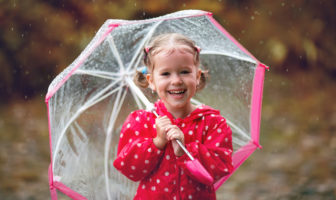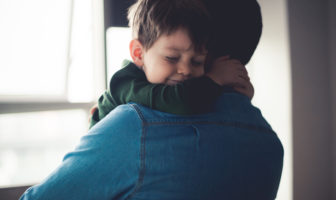Read this article for more information of what is appropriate by age, warning signs, and what to do if you are worried about your child.

keeping kids safe: 10 ways to keep children safer
The Children’s Trust created this list of tips for parents and caregivers to talk about basic personal safety skills with kids. Educate your children as early as possible, just as you would teach them about traffic or water safety skills.
be calm and reassuring
Children should learn to be cautious, alert, and prepared - not fearful. They are less apprehensive when they have the skills, information, and confidence they need to act on their own behalf.
give permission to say “No” and tell
Explain the difference between a surprise and a secret, “okay” surprises are for things like a party or a present and make people happy. “Not okay” Secrets can make people feel uncomfortable and unsafe. Tell children that if they are asked to keep a secret about touching, they can say “No,” and find a trusted adult to tell. Let them know they have the right to say “No,” even to someone who threatens them or to someone they know. (When children are hurt, it’s usually by someone they know, not by a stranger.)
help children identify trusted adults
Talk openly about whom a child would go to in an emergency. Cite specific examples such as the person using a cash register at the mall, a mother with children, or a teacher.
set body boundaries
Teach children about setting body boundaries. This can start by always asking permission before hugging or holding hands. Tell children that their private parts are the parts covered by a bathing suit. No one should touch their private parts or ask them to touch other people’s private parts. If someone does or makes them feel uncomfortable or confused, it’s okay to say “No,” and then they can tell a trusted adult. Learn more about age-appropriate sexual behavior here.

teach children the buddy system
Children should learn that it is always safer to be with a friend or a trusted adult than alone.
teach children to check with others first
Teach children to check with trusted adults before changing plans or going anywhere - even with adults the child knows.
teach children telephone skills
Teach them your cell phone number and to call “911” for help.
role-play with children
Just as children don’t learn to ride a bicycle by talking about it, they don’t learn safety skills without practice. Children learn by doing. They need to role-play and see how it feels to say “No” in difficult situations.
- Play the “What If” game and help the child think of responses to various situations. Choose real-life situations such as confronting a stranger while walking to school, getting separated in a crowded store, or playing in the front yard. “What if the babysitter...” or “What if the school bus didn’t arrive on time...”
- Have children practice what they can say and do if they feel threatened. For instance, children can practice yelling in a loud voice, “This person is trying to take me. I need help!”
- Have children practice staying an arm’s length away from someone who approaches them.
- Have children practice ignoring strangers who ask for directions and walking away from them.
review and practice often
Children need to review safety skills often. Research shows that these skills need to be taught five to ten times a year. Review them during car rides and other moments together.
insist on a child sexual abuse prevention training at school
School programs, such as Keeping Kids Safe (KKS), offered by the Children’s Trust, provide parents and staff with structured opportunities to practice skills and learn information. Make sure your child’s school offers one. For more information, contact the Children’s Trust. AND/OR: Second Step Child Protection Unit from Committee for Children.
Remember:
If someone tries to hurt your child, the child is never to blame.
Download a PDF version of these tips in English or in Spanish.
other articles and videos we love
Seeing one of these Red Flags does not mean that you are in the presence of a sexual abuser - but if your instinct is feeling something is off - listen, observe, and minimize this person's access to children - especially in a 1:1 situation, which is the case for an estimated 80% of all child sexual abuse.
Experience has taught us that actions by adults can be more effective than expecting kids to protect themselves from sexual abuse. Still, we know that children also need accurate, age-appropriate information about child sexual abuse and confidence that adults they know will support them.






